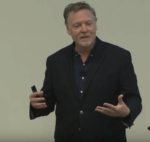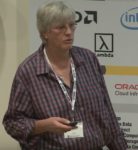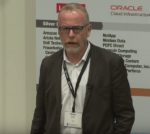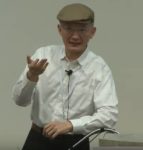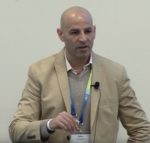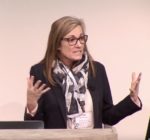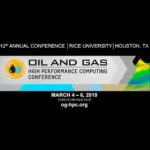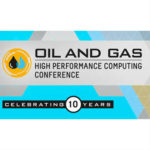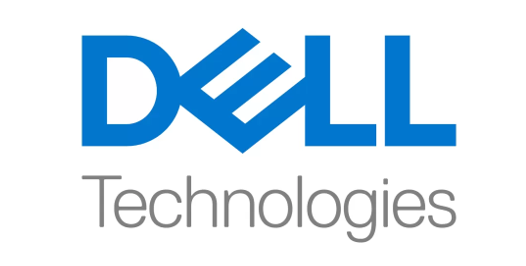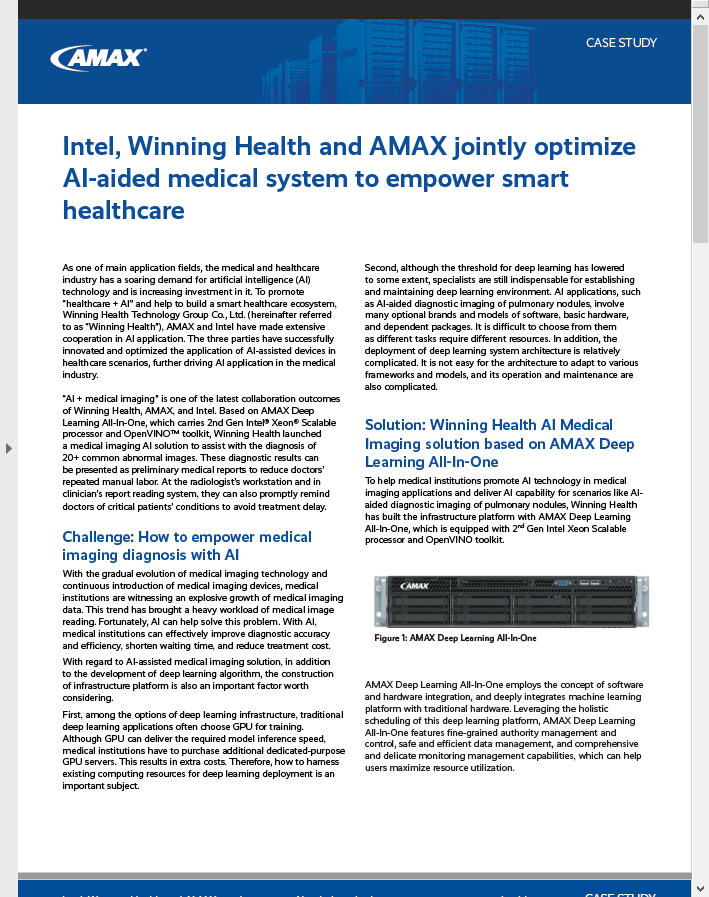Steve Scott from HPE gave this talk at the Rice Oil & Gas Conference. “With the announcement of multiple exascale systems, we’re now entering the Exascale Era, marked by several important trends. This talk provides an overview of the Cray Shasta system architecture, which was motivated by these trends, and designed for this new heterogeneous, data-driven world.”
Benchmarking CPUs at Shell
Ronald Cogswell from Shell gave this talk at the Rice Oil & Gas Conference. “In this presentation we will compare the benchmarking results from the latest 2 generations of CPU hardware from AMD and Intel. The benchmarks were conducted using proprietary Seismic kernels as well as known open source benchmarks. The study focused on memory bandwidth, flops and overall performance and provides results of real-world production Seismic workloads.”
Pangea III: A Seismic Shift in Total’s Computing Platform
Diego Klahr from Total gave this talk at the Rice Oil & Gas Conference. “Oil and Gas industry is continuously challenged to increase its hydrocarbon production in response to the growing demand for energy. Finding new oil and gas fields has become more challenging as resources are no longer easily accessible with an increase of geological complexity and environmental constraints. High-resolution and reliable subsurface imaging is getting more and more key but more and more internal customers are knocking at the door.”
Moving Massive Amounts of Data across Any Distance Efficiently
Chin Fang from Zettar gave this talk at the Rice Oil & Gas Conference. “The objective of this talk is to present two on-going projects aiming at improving and ensuring highly efficient bulk transferring or streaming of massive amounts of data over digital connections across any distance. It examines the current state of the art, a few very common misconceptions, the differences among the three major type of data movement solutions, a current initiative attempting to improve the data movement efficiency from the ground up, and another multi-stage project that shows how to conduct long distance large scale data movement at speed and scale internationally.”
Video: Next Generation AMD CPU and Accelerator Technologies
Bradley McCredie from AMD gave this talk at the Rice Oil & Gas Conference. “While foundries bravely drive forward to overcome the technical and economic challenges posed by scaling to 5nm and beyond, Moore’s law alone can provide only a fraction of the performance / watt and performance / dollar gains needed to satisfy the demands of today’s high performance computing and artificial intelligence applications. To close the gap, multiple strategies are required. First, new levels of innovation and design efficiency will supplement technology gains to continue to deliver meaningful improvements in SoC performance. Second, heterogenous compute architectures will create x-factor increases of performance efficiency for the most critical applications.”
DUG Opens the Doors for 250 PF Bubba Supercomputer in Houston
Today DownUnder GeoSolutions (DUG) opened its giant new data center in Skybox Houston. Touted to be one of the most powerful supercomputers on earth, the facility is home to the company’s geophysical cloud service, DUG McCloud. “DUG is offering a unique cloud product including compute, storage, geophysical software, and services, initially with a massive 250 PF of geophysically-configured compute ready to go,” said DUG’s Managing Director, Dr Matthew Lamont.
Video: Solving I/O Slowdown and the “Noisy Neighbor” Problem
John Fragalla from Cray gave this talk at the Rice Oil & Gas Conference. “In Oil and Gas, when using shared storage, mixed workloads can have a big impact on I/O performance causing considerable slowdown when running small I/O alongside large I/O on the same storage system. In this presentation, Cray will share real benchmark results on the impacts of the “Noisy Neighbor” application has on sequential I/O, and with the right storage tuning and flash capacity, how to optimize the storage to meet the demanding workloads of Oil and Gas to accelerate performance for a mixed workload environment.”
Video: A New Era in HPC
In this video from the 2019 Rice Oil & Gas conference, Trish Damkroger from Intel presents: A New Era in HPC. “In this keynote presentation, Trish will discuss the changing landscape of high performance computing, key trends, and the convergence of HPC-AI-HPDA that is transforming our industry and will fuel HPC to fulfill its potential as a scientific tool for business and innovation. Trish will highlight not only key forces driving this shift but discuss how this transformation requires a fundamental paradigm shift and is opening up unprecedented opportunities for HPC.”
Rice Oil & Gas Conference in March to look for ways to meet HPC Demand
Rice University’s Ken Kennedy Institute will host the 12th annual Rice Oil and Gas High Performance Computing Conference (OGHPC) in Houston, Texas on March 4 – 6, 2019. “With the end of Moore’s law, challenges are mounting around a rapidly changing technology landscape,” said Jan E. Odegard, Executive Director of the Ken Kennedy Institute. “The end of one era is an opportunity for advancements and the beginning of a new era – a renaissance for system architectures that highlights the need for investments in workforce, algorithms, software, and hardware to support system scalability.”
Industry Leaders prepare for Rice University Oil and Gas Conference in March
The upcoming Rice University Oil and Gas HPC Conference will focus on the computational challenges and needs in the Energy industry. The event takes place March 4-6, 2019 in Houston. “High-end computing and information technology continues to stand out across the industry as a critical business enabler and differentiator with a relatively well understood return on investment. However, challenges such as constantly changing technology landscape, increasing focus on software and software innovation, and escalating concerns around workforce development still remain. The agenda for the conference includes invited keynote and plenary speakers, parallel sessions made up of at least four presentations each and a student poster session.”

